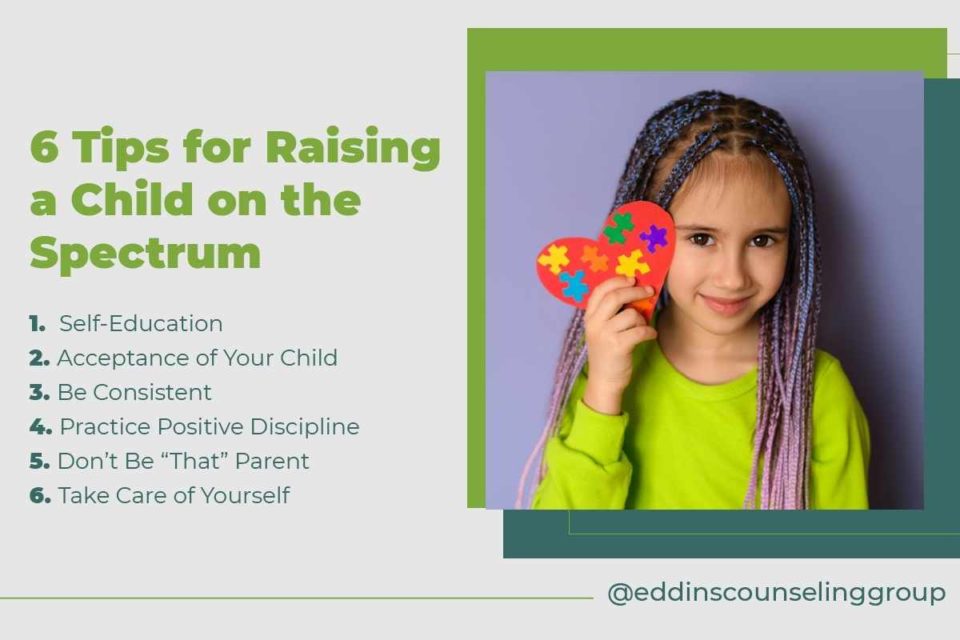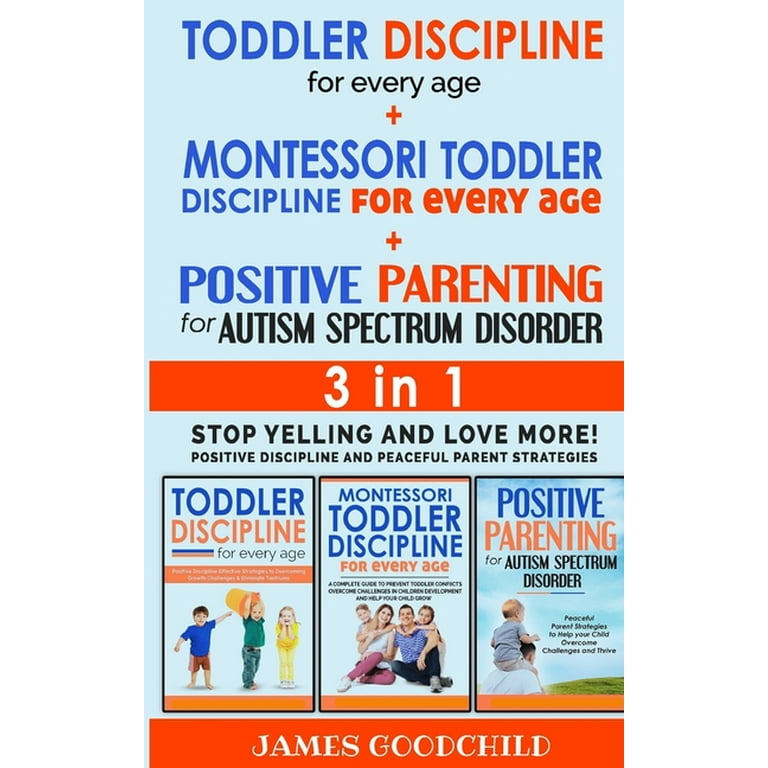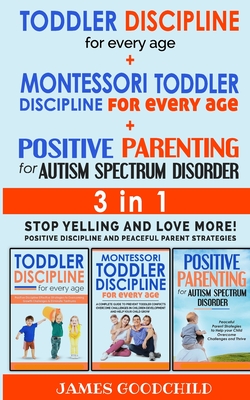To discipline a child with Autism Spectrum Disorder, provide a structured routine and consistent consequences for unwanted behavior. Additionally, use positive reinforcement and communicate in a clear and concise manner.
Parenting a child with Autism Spectrum Disorder can present unique challenges, particularly when it comes to discipline. Children with ASD often struggle with social cues and may have difficulty understanding consequences for their actions. However, it is still important to establish boundaries and expectations for behavior.
Providing a structured routine and consistent consequences for unwanted behavior can be helpful. Additionally, using positive reinforcement and clear communication can aid in reinforcing positive behaviors. It is important to remember that discipline techniques should be tailored to meet the individual needs of the child with ASD.
Challenges Of Disciplining A Child With Autism Spectrum Disorder
Disciplining a child with Autism Spectrum Disorder (ASD) can be quite challenging for parents and caregivers. Traditional methods of punishment and discipline may not work for children with ASD, as they may not understand or respond well to them. It is essential to understand the child’s specific needs and tailor discipline strategies accordingly, using positive reinforcement and consistency to promote good behavior.
The process of disciplining a child with autism spectrum disorder (ASD) can be complicated. Their neurological differences make it challenging for a parent or caregiver to understand what may trigger unwanted behavior or meltdowns. Children with ASD experience sensory overload, leading to difficulty in communication and social interaction, making it challenging to express their needs and wants effectively. Moreover, they may exhibit rigid thinking patterns that manifest as repetitive behaviors.
| Tip #1: | Recognize and avoid triggers that lead to meltdowns and negative behavior. |
|---|---|
| Tip #2: | Implement a structure and routine to bring predictability to the child’s day. |
| Tip #3: | Create a clear, simple, and predictable set of rules, and consistently enforce them. |
| Tip #4: | Use positive reinforcement to encourage positive behavior rather than overusing punishment methods. |
Disciplining a child with ASD requires patience, understanding, and flexibility. Remember to focus on the positive, embrace small successes, and seek support from professionals, fellow parents, and caregivers who understand your child’s unique needs.

Credit: eddinscounseling.com
Positive Parenting Strategies
A child with Autism Spectrum Disorder (ASD) needs parents who are patient, understanding, and consistent with discipline. Here are some positive parenting strategies that can help you discipline your child:
Establishing Routine And Predictability
Children with ASD often respond well to routine and predictability. Develop a consistent schedule for day-to-day activities such as waking up, mealtimes, playtime, and bedtime. Make sure to let your child know what is happening next to avoid any surprises.
Providing Clear And Consistent Expectations
Set clear rules and expectations for your child’s behaviour and communicate them in simple terms. Be consistent in enforcing the rules and follow through with appropriate consequences if necessary. Use positive language when talking to your child and avoid negative or critical comments.
Using Positive Reinforcement And Rewards
Positive reinforcement and rewards can help encourage good behaviour. Use tokens, stickers, or other rewards to motivate your child to follow the rules. Praise your child when they are doing well and focus on their strengths rather than their weaknesses.
Teaching Social Skills And Emotional Regulation
Children with ASD often struggle with social skills and emotional regulation. Use stories, role-playing, or visual aids to teach your child how to communicate, empathize, and manage their emotions.
Using Time-ins Instead Of Time-outs
Instead of using time-outs as punishment, consider using time-ins. A time-in is a designated quiet space where your child can calm down and regulate their emotions. Stay with your child during the time-in and provide comfort and support.
Collaborating With Teachers And Therapists
Collaborate with your child’s teachers and therapists to develop a consistent discipline approach. Share information about what works best at home and at school to make sure everyone is on the same page.
Taking Care Of Yourself As A Parent
Remember to take care of yourself as a parent. Seek support from family, friends, or a therapist to help you manage the challenges of parenting a child with ASD.
Adapting Strategies To Your Child’s Needs
Adapting Strategies to Your Child’s NeedsDisciplining a child with autism spectrum disorder (ASD) requires creativity and sensitivity. Each child with ASD is unique and has their own set of challenges. As a parent or caregiver, you must adapt your disciplinary strategies to meet your child’s needs.
Communication can be a challenge for many children with ASD. To effectively discipline your child, tailor your approach to their communication style. If they have difficulty expressing themselves verbally, consider using visual aids or social stories to communicate expectations. An easy-to-follow daily schedule can also help minimize anxiety and confusion.
Children with ASD often have unique sensory needs. Some may be sensitive to loud noises or bright lights, while others may seek out certain textures or sensations. Take your child’s sensory needs into account when developing your disciplinary strategies. Consider providing sensory toys or a quiet space for your child to calm down if they become overwhelmed.
Working with Your Child’s Therapist to Develop a Behavioral Plan
Collaborate with your child’s therapist to develop a behavioral plan that factors in your child’s unique needs. This may include positive reinforcement techniques to encourage good behavior or consequences for harmful behavior. Consistency is key, so make sure that everyone in your child’s life is aware of the plan and is able to follow through.

Credit: www.walmart.com

Credit: www.hickorystickbookshop.com
Conclusion
Disciplining a child with autism requires patience, understanding, and unique approaches. It’s important to tailor discipline techniques to meet the child’s specific needs and abilities. Effective strategies include creating a calm environment, reinforcing positive behavior, and using visual aids for communication.
Above all, parents and caregivers must remember to show compassion and empathy towards the child, as they navigate the challenges that come with living with autism. With consistent and positive discipline, children with autism can thrive and develop essential life skills.